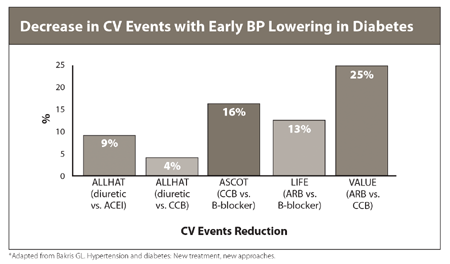High incidence of metabolic syndrome found in some athletes
College-aged football players who gain weight for the sport may also be setting themselves up for health risks later in life; nearly half had metabolic syndrome, according to results of a cross-sectional study.
The study included 70 football linemen at the National Collegiate Athletic Association Divisions I, II and III schools. Each athlete was evaluated for the presence of metabolic syndrome, as defined by American Heart Association/National Heart, Lung, and Blood Institute criteria. The researchers measured height, BMI, BP, skin folds and waist circumference, collected blood samples and family history and asked athletes to complete a nutrition questionnaire.
Thirty-four of the 70 athletes had metabolic syndrome, based on measures of BP, waist circumference, fasting glucose, HDL and triglycerides.
The football linemen had a mean total cholesterol: HDL ratio of 4.95; 32 athletes had values .5. Further, nine athletes had elevated levels of HbA1c, 12 had total cholesterol levels exceeding 200 mmol/L and 15 had high levels of C-reactive protein.
“Although athletes might be assumed to be protected from risks of CVD we found a high incidence of metabolic syndrome and other associated adverse biomarkers for heart disease in collegiate football linemen,” the researchers wrote.
These findings suggested that standard health screening for metabolic syndrome and its risk factors may be warranted in collegiate football players, according to the researchers.
J Athl Train. 2008;43:608-616.

